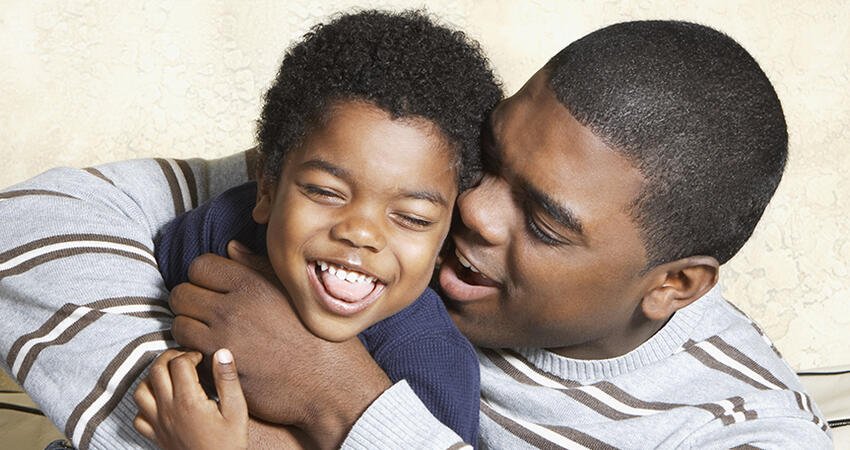
Exploring the Causes and Consequences of Childhood Instability
- Title:
- Exploring the Causes and Consequences of Childhood Instability
- Author:
-
Gina Adams, Mary Bogle, Julia B. Isaacs, Heather Sandstrom, Lisa Dubay, Julia Gelatt, Michael Katz
- Source:
-
Urban Institute
- Publication Date:
-
2016
Instability in children’s lives can negatively affect their heathy development and learning, potentially affecting larger societal goals such as increased equity, according to a research brief by Gina Adams and colleagues at the Urban Institute. In their examination of what information policymakers and practitioners need to foster stability for children, the researchers examined the role of multiple domains, including parents and primary caregivers, social and community networks, caring institutions (e.g., child care, early education, and schools), employment, income and assets, key resources (e.g., health, housing, and food), and the public safety net. Adams and her colleagues defined instability as “the experience of abrupt and/or involuntary change in individual, family, or community circumstances, which can have adverse implications for child development.” This definition guided their scan of research and interviews with 60 experts to identify knowledge gaps about instability’s effects on children, which are the basis for future discussion and exploration.
Key findings:
- The causes of instability in children’s lives are complex, and there is no single trigger. Instability often cuts across several domains.
- Within single domains, residential instability is a fairly common form of instability. But because residential mobility can be positive or negative because of the circumstances of the move, further examination is needed to determine the effects of residential mobility. Instability is also commonly found within the domains of income, family composition, employment, and food resources.
- Characteristics of community or place influence how children are affected by instability. Violence and poverty can produce negative effects, but social networks, social cohesion, and supportive institutions can buffer children from the effects of instability.
- Communities and the children within them may experience collective instability on account of such factors as chronic violence particular to a neighborhood or a shared identity that transcends place but exposes the group to discrimination because of race/ethnicity, religious affiliation, sexual orientation, and so forth.